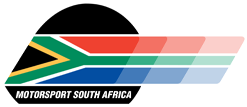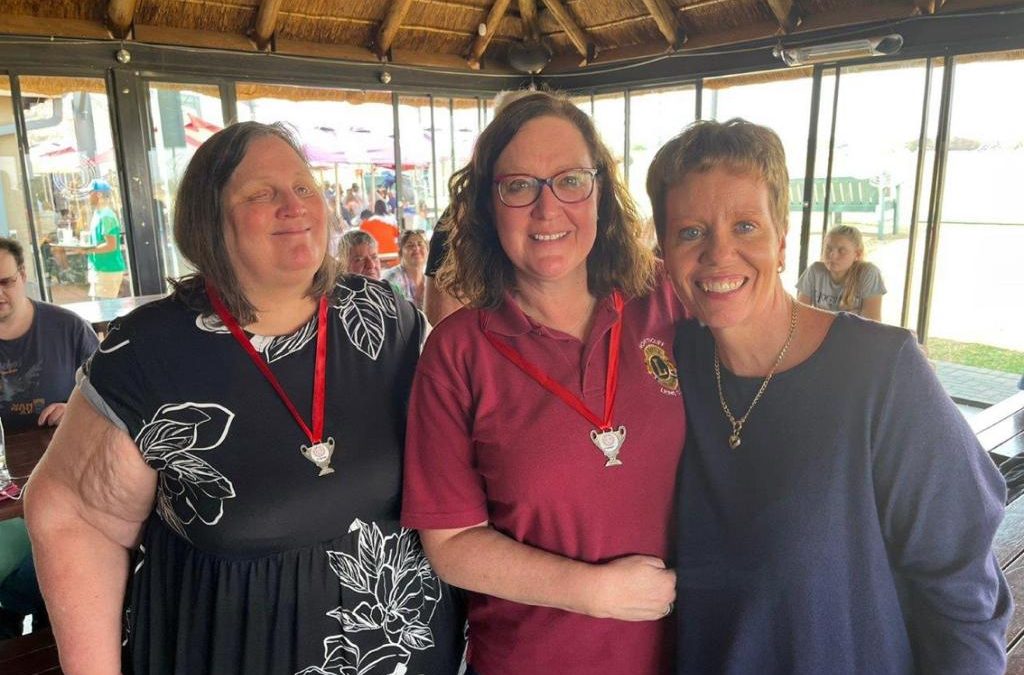As we mark the close of National Disability Rights Awareness Month from 3 November to 3 December, Motorsport South Africa explains how well visually impaired navigators participating in the sport and literally live their dream.
Navigator Nicky Roos is one such example. Roos experienced her first blind navigator rally at the age of 11. She is 53 today and still navigating. She is certified as totally blind and is today also chairperson of the Blind Navigator Rally Club (BNRC), which is affiliated with the South African Regularity Rally Association.
A regularity blind navigator rally requires teams to meet specific speed and direction changes, only drive on certain roads and reach checkpoints between timeframes, not before or after.
“My mom wanted me to experience as many things as possible because of my visual impairment. It was a long time ago, so I don’t remember too many details, but my first rally was fun and I knew I wanted to do it again,” Roos says.
She explains that blind navigators participate in a separate class in a rally alongside fully sighted crews. A blind or partially sighted navigator is paired with a driver who has to follow the instructions which are read to them from either a braille or large print schedule. In most cases, a schedule will have an instruction number, distance traveled, speed, an instruction and time. An example of an instruction on a schedule is:
“98 | 124.17 | 78 | yellow building | 02:14:01” So, you must reach the yellow building at the specified time and change your speed to 78km/ph. You must drive exactly at the speed given – usually 10% below the speed limit. It is all about accuracy,” she says.
“A rally typically takes about three hours. Some are longer dependant on the route, etc. It’s not a race about who gets there first; it’s very much about accuracy and being on time. The cars leave one minute apart at the start. If you catch up to a car ahead of you, either they are running late or you are ahead of time.
“I think one of the biggest challenges are that you can’t help your driver look for the different landmarks they need to look for. They have to concentrate on the driving and road, look for the landmarks and keep everything together.
“The navigator also needs to try to read ahead because sometimes instructions are very close together, like speed changes or turns. Missing turns is a big thing – because if you realise that you have missed a turn, you will have to turn back, your odometer will be out and you will have to speed up to make up for lost time.
The fun element of this motorsport has never failed Roos’s expectations.
“Today rallies are run with a GPS. There are GPS markers but you don’t know where they are – they can be anywhere on the route. Your aim as a team (driver and navigator) is to drive as accurately to the time as you can, every second, early or late, at a GPS point is a point against you. The team, at the end of the rally with the least points is the winner! It’s so much fun!!!
“These days we only drive on tar roads, but back when I started we used to drive on dirt roads, believe me! Driving 180km on a dirt road in the rain trying to make up time was scary but I really enjoyed it!”
Adrian Scholtz, CEO of Motorsport South Africa, says blind navigator rallies are the perfect example of how inclusive motorsport is.
“Simply put, this is a way for blind and partially sighted people to participate in a motorsport event, not as passive passengers but as the actual navigators,” he explains. “The rally instructions are in braille (for partially sighted students it is in large font). The drivers can’t read braille and are dependent on their blind navigator to complete the day’s drive – and, do so competitively.
“I’m extremely proud of the incredible participants we have, of all ages and from all backgrounds, many with disabilities, who are doing inspiring things in SA and abroad. Motorsport truly is for anyone. You should not put limitations on yourself. Many people are living out a dream they never believed possible in motorsport today.”
Rallies mostly happen in Gauteng and Roos says they are conducted in “normal, everyday cars”. The relationship with the driver is absolutely key, she adds.
“We pair drivers and navigators and you build up a relationship with your driver. I have been driving with my driver, Nicky Squair, for about seven years. If we have more navigators, we put out requests for drivers.
“I’ve been fortunate, as not all personalities work together. Getting along with your driver is so important. I’ve been driving with Nicky Squair for many years and our personalities work well together.”
The club is currently running quite low on navigators with a total pool of about 20 and they’re hoping to build up their numbers again.
Scholtz reiterates that the sport is very reliant on sponsorships, so that the BNRC (Blind Navigators Rally Club) can help participants who may not be able to afford to do a rally. At the moment, each person pays for themselves and the club covers some of the costs, like the printing of schedules.
“We really encourage people to participate and, if there are any companies out there who would like to sponsor a rally that would be a dream come true for this club!”
For anyone who is visually impaired, or for drivers who would like to join , Roos says it is as simple as giving it a try. If you are interested, you can attend a rally and travel with one of our experienced crews to get a feeling for how things are done.
“As long as you can read braille or large print you can navigate. It’s really a wonderful sport to get involved in. I enjoy it for the fun and for the fact that it is challenging. Of course one wants to win, but the fun and camaraderie between the participants is also great.
Email Nicky Roos at nickyroos@gmail.com or send a WhatsApp to 0829212049 to find out more.
Picture Caption: From left to right. Nicky Roos- Blind Navigator; Nicky Squair – Driver and Nadine Naude – Rally organiser ( Spring Heritage Mile)
Compiled on behalf of Motorsport SA by Cathy Findley PR

